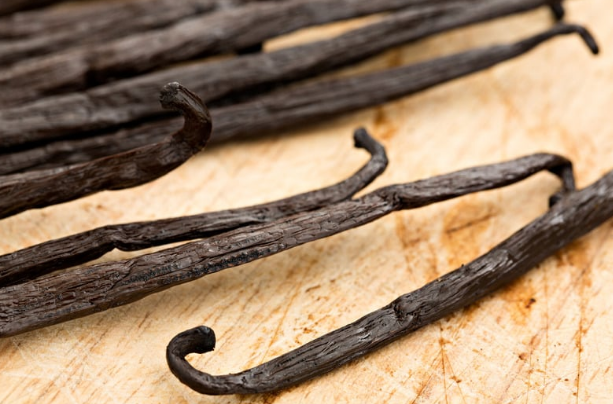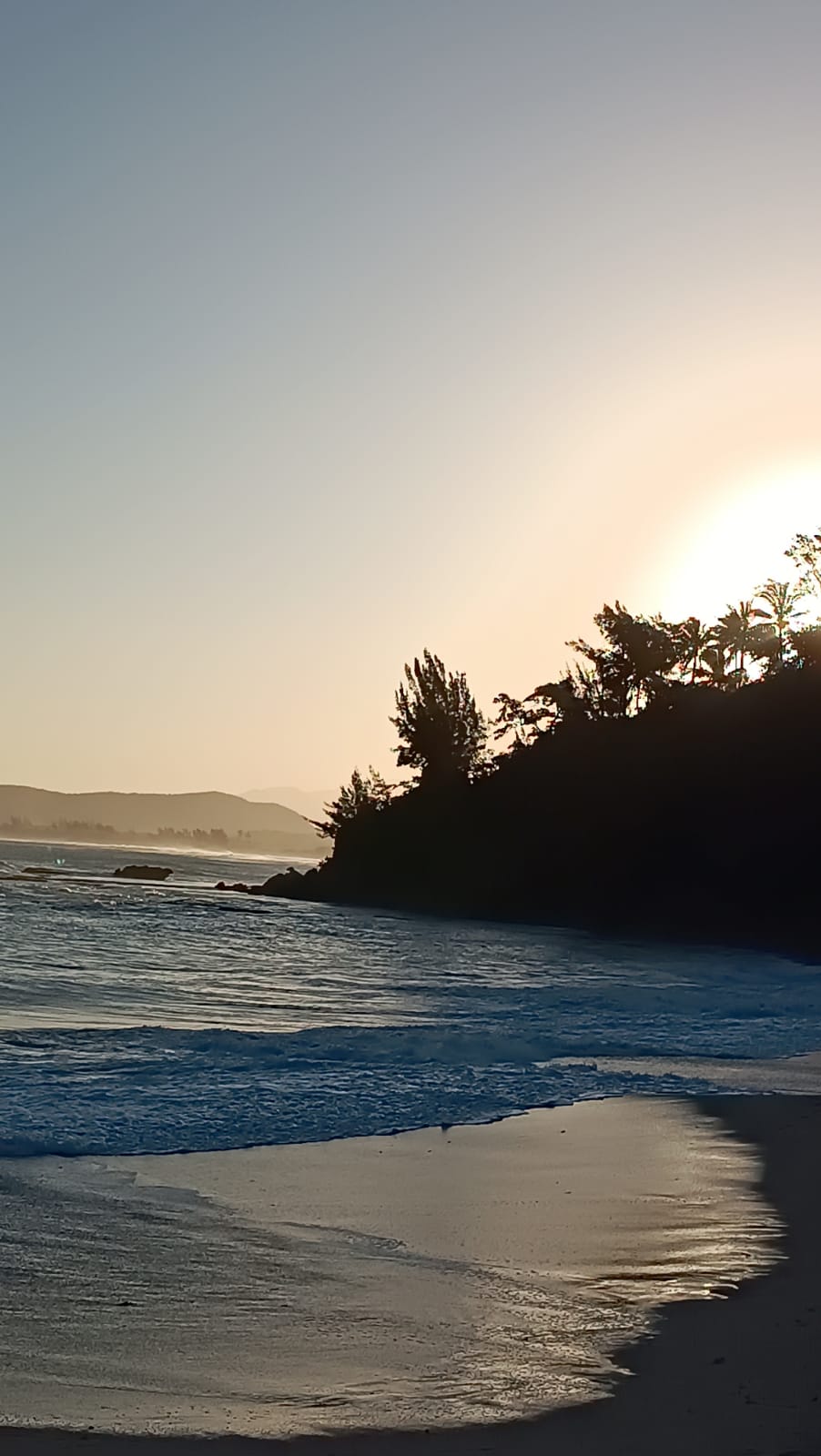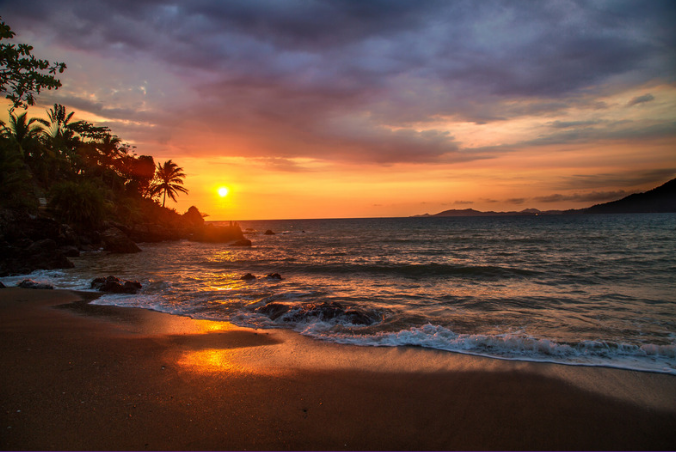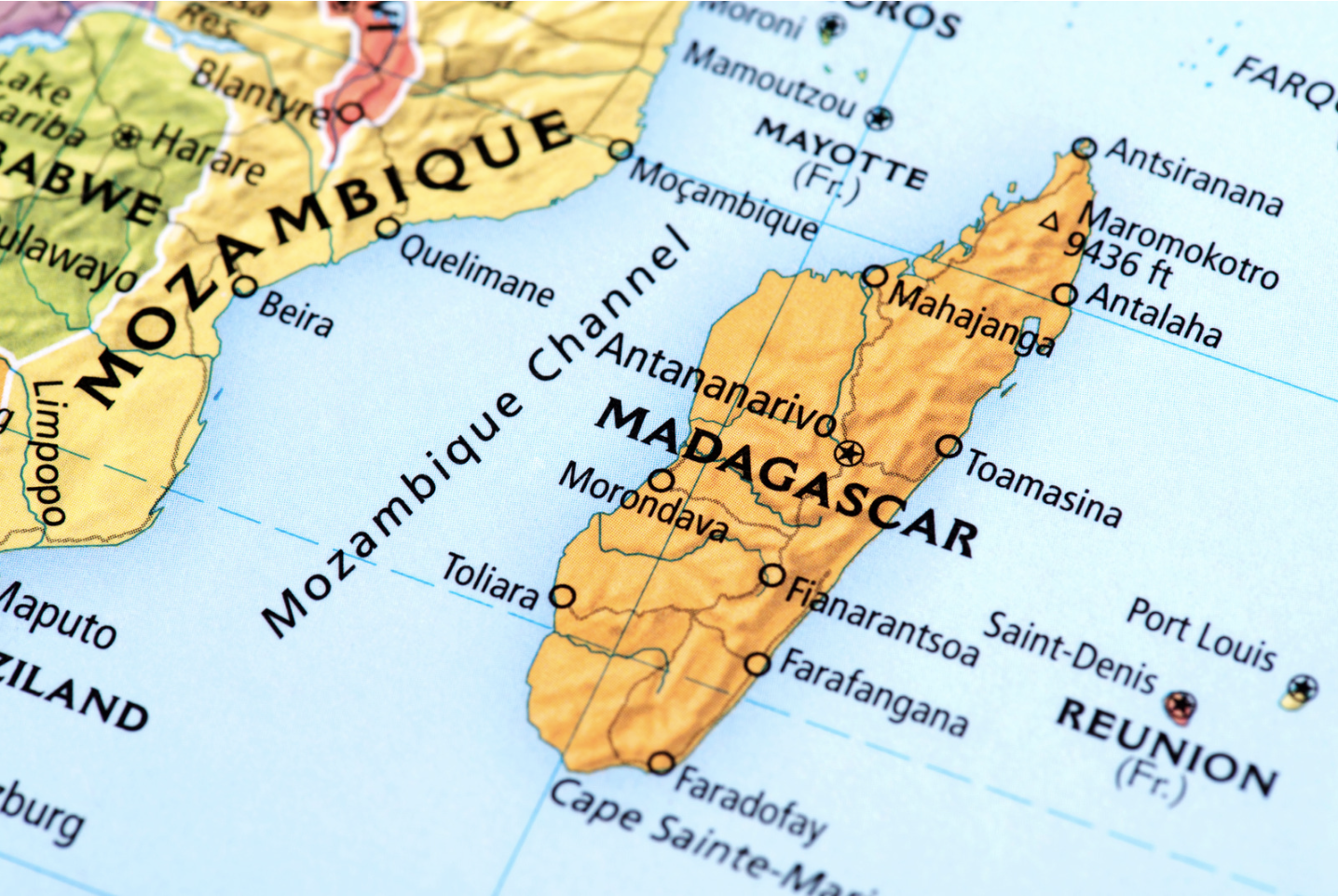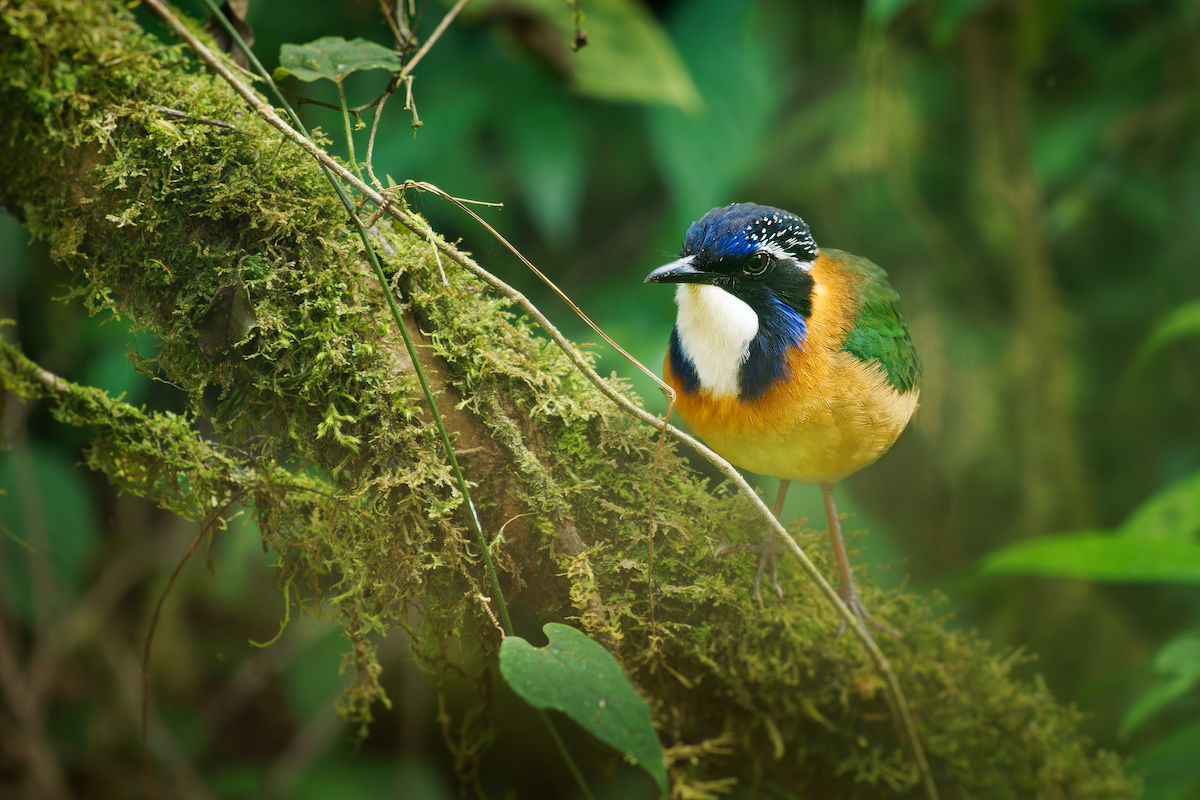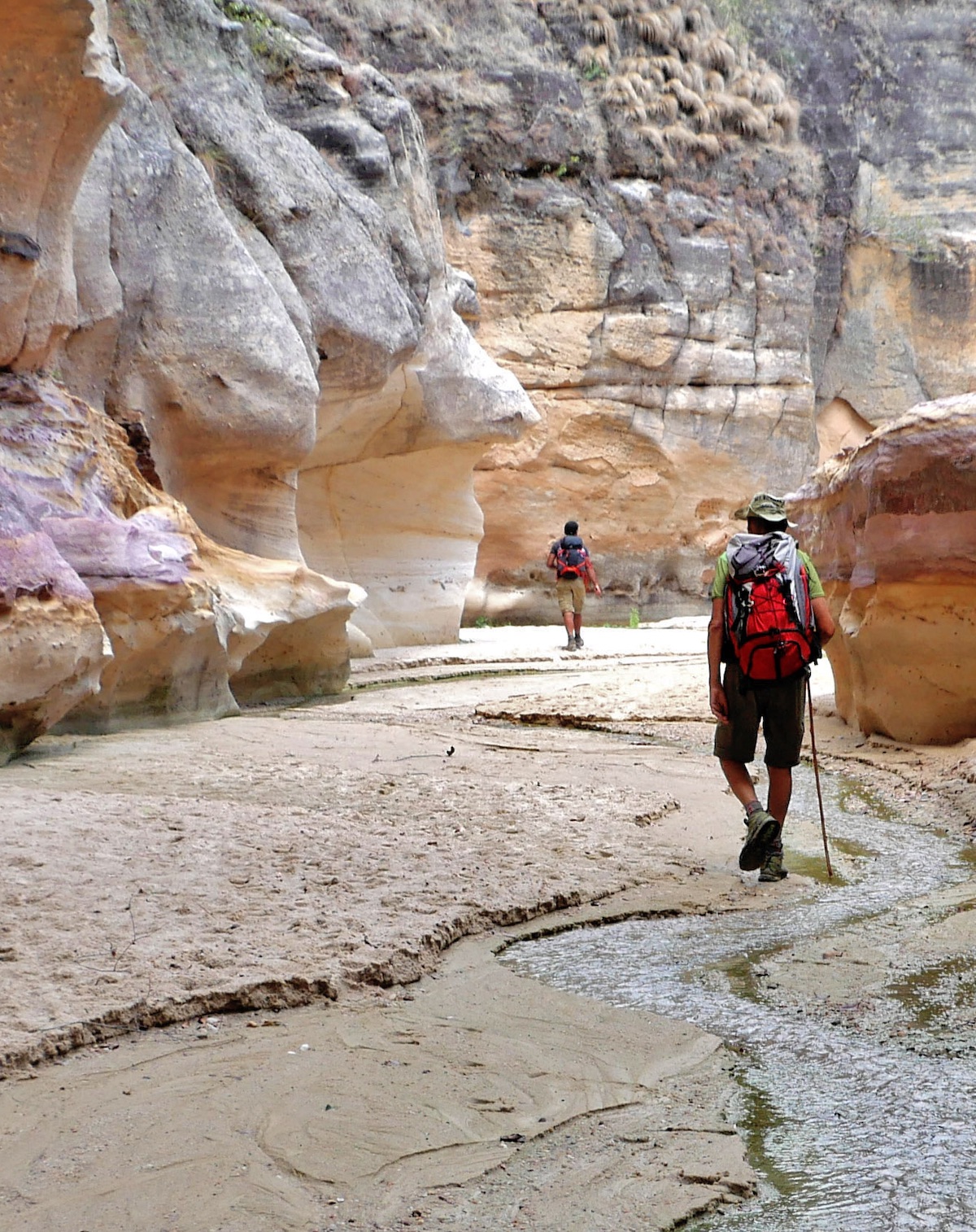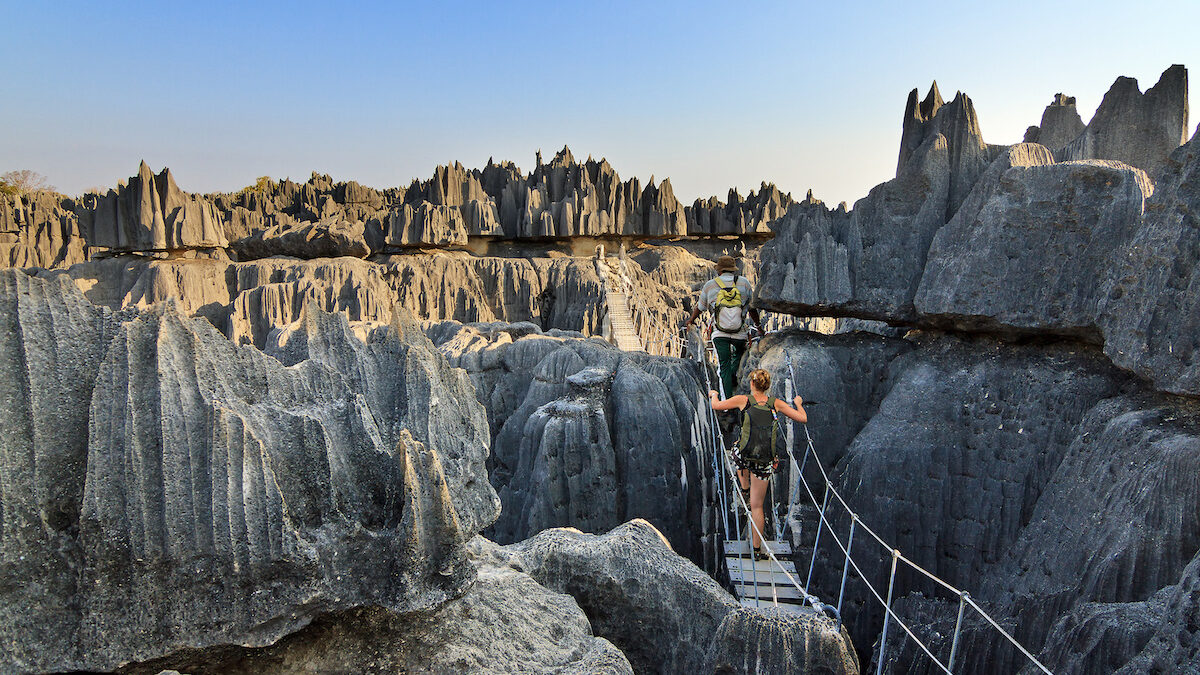
Explore the 5 Best National Parks in Madagascar for an Eco-Luxury Adventure
Welcome to one of Earth’s last true frontiers of biodiversity—Madagascar. Home to 5% of the world’s species, 90% of which are found nowhere else, this island nation off Africa’s southeast coast is a wonderland of rare wildlife, dramatic landscapes, and soulful culture. For affluent travelers with a deep appreciation for nature, Madagascar offers a journey that’s not only immersive and exclusive—but truly transformative.
From misty rainforests echoing with the call of lemurs to sun-drenched canyons carved by time, Madagascar’s national parks are gateways to surreal experiences. This guide is your curated map to exploring them in style—blending eco-luxury, curated wildlife encounters, and a deep respect for preservation.
1. Madagascar’s National Parks: A World Apart
With over 50 protected areas, Madagascar’s national parks cover nearly every type of ecosystem imaginable—rainforests, deserts, mangroves, limestone plateaus, and coastal marine zones. These protected lands are not just sanctuaries for wildlife but also vital to the country’s cultural and environmental heritage.
Thanks to ongoing conservation efforts and eco-tourism initiatives, luxury travelers can now explore these remote, untouched regions in comfort, guided by expert naturalists and staying in lodges that combine elegance with sustainability.
2. Top National Parks to Explore in Style
2.1 Andasibe-Mantadia National Park
Location: Eastern Madagascar, 3-4 hours from Antananarivo
Highlight: The haunting call of the Indri, Madagascar’s largest lemur
Wildlife Encounters:
- Indri lemurs, diademed sifakas, Parson’s chameleons, and over 100 bird species.
- Night walks reveal mouse lemurs and nocturnal creatures.
Landscapes:
- Verdant rainforests, moss-covered trees, and cascading waterfalls.
Luxury Stay:
- Vakona Forest Lodge or Mantadia Lodge—offering private bungalows, gourmet Malagasy cuisine, and tailored treks with professional guides.
2.2 Ranomafana National Park
Location: Southeastern Madagascar
Highlight: Thermal hot springs and UNESCO World Heritage biodiversity
Wildlife Encounters:
- Golden bamboo lemur, greater bamboo lemur, leaf-tailed geckos, and endemic frogs.
Landscapes:
- Steep montane rainforests, mist-filled valleys, and ancient flora.
Exclusive Tours:
- Custom expeditions led by primatologists; sunrise treks with breakfast in the forest.
Luxury Tip:
- Stay at Setam Lodge for sweeping views and arrange a private soak in the nearby hot springs post-hike.
2.3 Isalo National Park
Location: Southwest Madagascar
Highlight: The “Grand Canyon of Madagascar”
Wildlife Encounters:
- Ring-tailed lemurs, Verreaux’s sifakas, and a wide variety of raptors and reptiles.
Landscapes:
- Sandstone canyons, natural rock pools, and surreal desert plateaus.
Luxury Experiences:
- Relais de la Reine and Isalo Rock Lodge offer elegant stone villas, infinity pools, spa services, and private guides for sunset canyon treks.
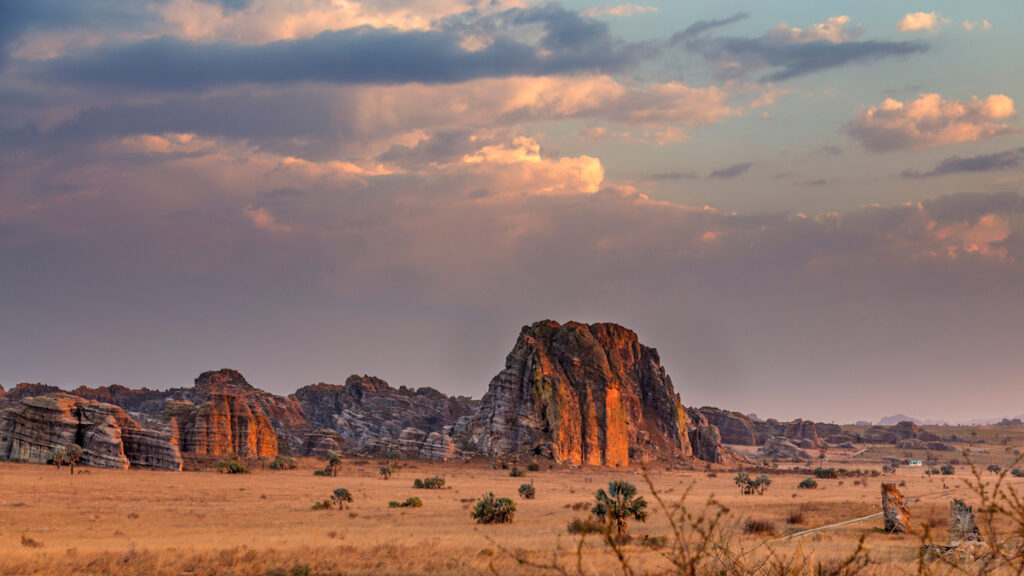

If you want to experience Isalo in the most refined way, our Southern Madagascar: a journey through a thousands facets itinerary includes a multi-day stay near the park, private guided hikes through the canyons, and sunset cocktails overlooking the sandstone cliffs. This carefully curated journey also covers the iconic RN7 route, combining wildlife, culture, and luxury at every stop.
2.4 Tsingy de Bemaraha National Park
Location: Western Madagascar, UNESCO World Heritage Site
Highlight: The otherworldly “stone forest” of limestone pinnacles known as Tsingy
Wildlife Encounters:
- Decken’s sifaka, red-fronted brown lemurs, and rare species of bats and reptiles.
- Over 100 bird species, including the Madagascar fish eagle and Schlegel’s asity.
Landscapes:
- Jaw-dropping limestone karst formations, deep canyons, hanging bridges, and underground rivers.
- A paradise for geology lovers and adventurous spirits.
Luxury Suggestion:
- Stay at Le Soleil des Tsingy, a secluded eco-lodge offering panoramic views, fine Malagasy cuisine, and private excursions into both the Big Tsingy and Small Tsingy formations.
- Enjoy bespoke guided hikes, private picnics with a view, and sunset photography tours led by local naturalists.

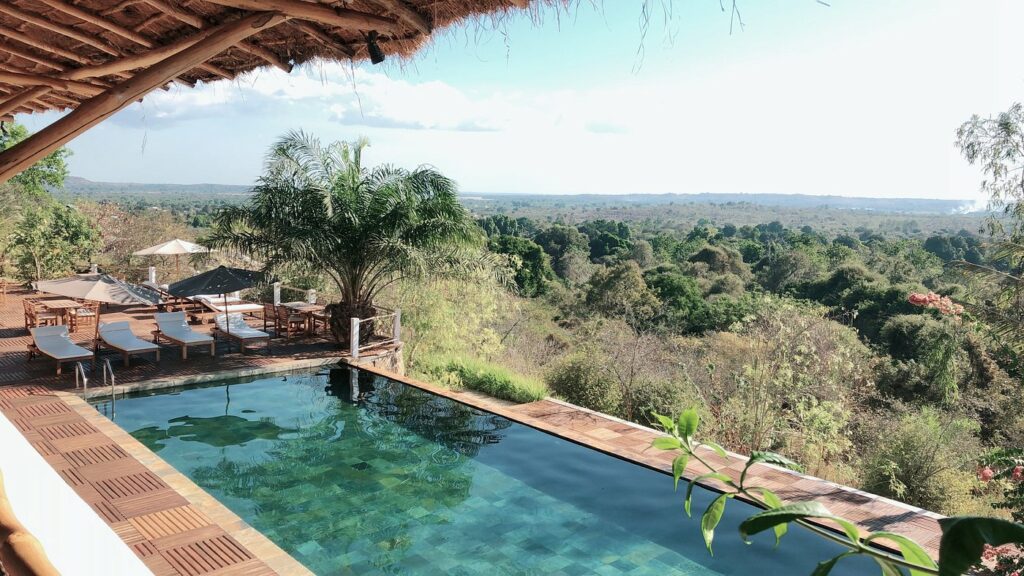
3. Preparing for Your Madagascar Adventure
Best Time to Visit
- May to October: Dry season, optimal for wildlife viewing and outdoor treks.
- July to September: Best for humpback whale watching off the coast.
👉 For a detailed month-by-month breakdown, read our full guide on The Best Time to Discover Madagascar.
Luxury Travel Tips
- Visa: Available on arrival or online (e-visa).
- Health: Yellow fever certificate if traveling from endemic areas; malaria precautions recommended.
- Private Charters: Consider charter flights or helicopter transfers between parks for ease and comfort.
Packing Essentials
- Lightweight, breathable clothing
- Binoculars and high-zoom camera
- Eco-friendly sunscreen and insect repellent
- Sturdy hiking shoes and daypack
- Refillable water bottle and travel journal
4. Eco-Conscious Travel: Giving Back
Luxury in Madagascar isn’t just about exclusivity—it’s about sustainability. The country’s fragile ecosystems depend on responsible tourism.
How You Can Make a Difference:
- Choose lodges that support local conservation and community projects.
- Book with eco-certified tour operators.
- Avoid single-use plastics and support local artisans and guides.
- Participate in reforestation efforts or educational programs during your stay.
Travel here becomes a powerful form of preservation—ensuring future generations experience Madagascar’s magic.
Conclusion
Madagascar isn’t just another luxury destination—it’s a rare confluence of adventure, opulence, and untouched nature.
For discerning travelers who crave meaningful, immersive journeys, its national parks offer soul-stirring beauty and intimate wildlife encounters found nowhere else on Earth.
Let the call of the Indri or the glint of a ring-tailed lemur under golden sunlight be your invitation. The time to explore Madagascar is now—before the rest of the world catches on.


